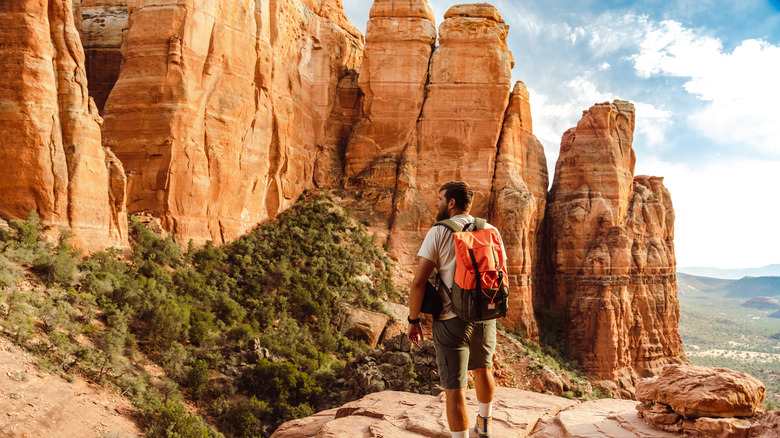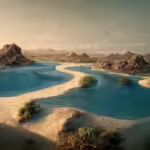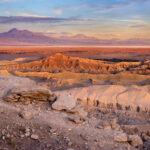Sourcing Water from Plants
Plants are not only a vital part of the desert ecosystem but can also be a key source of water for you when you’re out exploring. Here’s how you can source water from plants in the desert:
Identify Water-Storing Plants
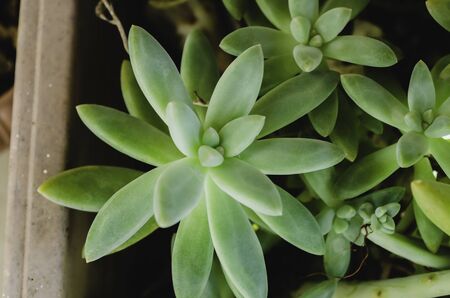
Certain desert plants store water in their tissues, making them valuable resources. Here are a few to look for:
- Cacti: Many cacti, like the saguaro or prickly pear, have water stored in their fleshy pads. To access this water, cut a segment of the cactus and carefully scoop out the moist flesh. Be cautious of the spines and handle with care.
- Agave: This plant stores water in its thick, fleshy leaves. Cut a leaf at the base and squeeze out the liquid. The sap can be slightly bitter but is drinkable.
- Mesquite Trees: These trees have pods that contain sweet, starchy seeds. While not a direct water source, the pods can be ground into a flour and mixed with water if needed.
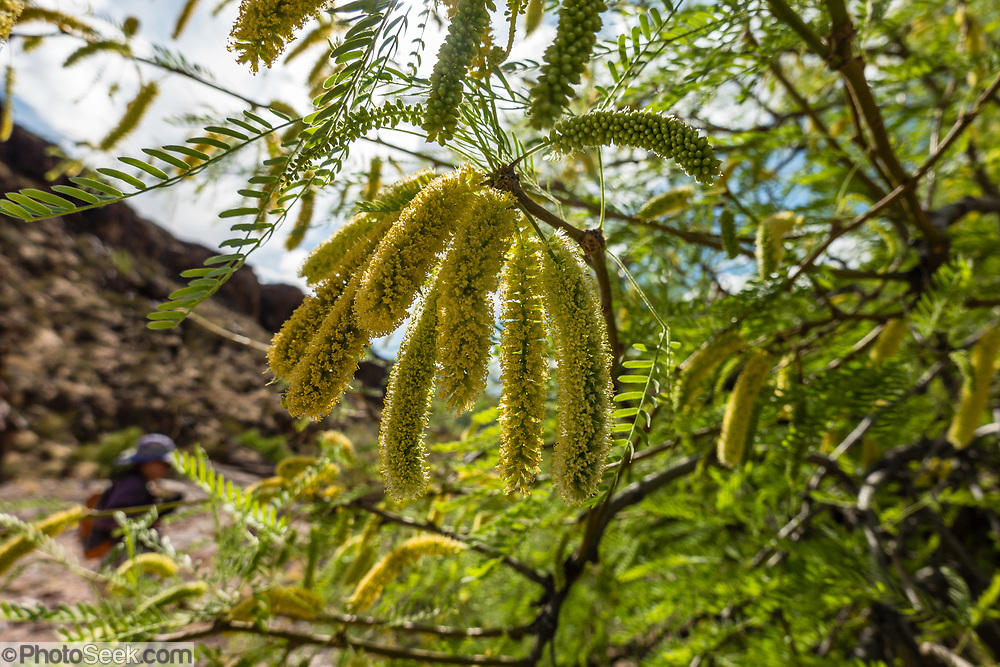
Collect Water from Leaves
Some plants collect moisture on their leaves, especially in the early morning. Here’s how to gather it:
- Dew Collection: Use a cloth, sponge, or even your shirt to wipe the dew off the leaves of plants. Squeeze the cloth or sponge into a container to collect the water.
- Leaf Drip: For larger plants with broad leaves, gently shake or tap the leaves to encourage any collected moisture to drip down into a container.
Extract Water from Roots
For plants with visible roots, you can sometimes extract water by:
- Digging: If you see a plant with a thick root system, carefully dig around the roots. You might find moist soil or water trapped within.
- Root Squeeze: In some cases, if the roots are thick and fleshy, you can squeeze them to release moisture. This method is less reliable but can be useful in a pinch.
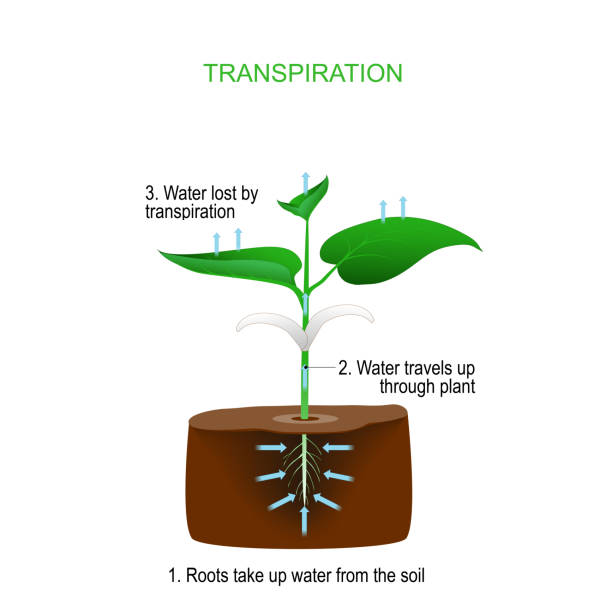
Use the Right Techniques
When sourcing water from plants, always use clean tools and containers to avoid contamination. Also, be sure to:
- Be Gentle: Handle plants carefully to avoid damaging them and to ensure they can continue to provide water in the future.
- Filter and Boil: Even though the water from plants is relatively clean, it’s always a good idea to filter and boil it if possible to ensure it’s safe to drink.
Know Your Plants
It’s crucial to know which plants are safe to use and which ones are not. Some desert plants can be toxic or cause stomach issues. Always research and make sure you’re using a safe plant.
Follow Animal Tracks
Animals need water too, right? If you spot animal tracks, follow them! Animals usually head toward water sources, so their tracks can lead you to a drink. Look for trails in the sand that lead to places like dry riverbeds or patches of green. If you’re lucky, you might find a hidden water hole.
Digging the land
Finding water in the desert can seem like a tricky task, but one method that’s been used for a long time is digging. Let’s break down how you can dig for water in a desert, step by step!
Pick the Right Spot
First, you need to choose where to dig. Look for signs that water might be nearby:
- Plants: Look for green plants or bushes. These often grow where there’s some moisture in the ground.
- Low Areas: Water tends to collect in lower spots, so digging in a depression or dip in the ground might be more promising.
- Animal Tracks: If you see animals have been walking in a certain area, they might know where there’s water.
Start Digging
Once you’ve picked a spot, it’s time to start digging:
- Tools: Use a shovel, a trowel, or even a sturdy stick. If you don’t have tools, you can dig with your hands.
- Depth: Start digging a hole that’s about one foot wide and two feet deep. The deeper you go, the better your chances of hitting water.
Look for Signs of Water
As you dig, keep an eye out for signs of water:
- Wet Soil: If the soil becomes wet or muddy, you’re getting close to water.
- Sand and Gravel: Sometimes, you might hit a layer of sand or gravel. Water often collects in these layers.
Collect the Water
When you find water, you’ll need to collect it:
- Bucket or Container: Use whatever you have to collect the water. If you don’t have a container, you can use a piece of cloth or even your hands to scoop it up.
- Filter: If the water looks dirty, try to filter it through a cloth or let it sit for a while so the dirt settles at the bottom.
Check for Condensation
At night, deserts can get really cool, and sometimes moisture forms on surfaces. If you have a clean cloth or piece of cloth, you can place it in the open air during the cool night. In the morning, you might find it covered in tiny droplets of water. This trick can help you gather a bit of water to stay hydrated.
Dig in Dry Riverbeds
Deserts often have dry riverbeds, which might look empty, but they can hold water just beneath the surface. Try digging a little in these dry riverbeds, especially if you dig a few feet down. If you’re lucky, you might hit a small pool of water hiding under the sand!
Look for Animal Dung
I know, it sounds a bit gross, but animal dung can be a clue! Animals usually poop near water sources, so if you find some dung, you might be close to a water spot. Just remember to use your judgment and always check for clean and safe water sources.
Know the Right Time
Deserts can be tricky because they are hot during the day and cold at night. The best time to find water is early in the morning or late in the afternoon when it’s cooler. During these times, you might find condensation or be able to see animal tracks more clearly.
Use a Solar Still
If you’re in a really tough spot, you can make a solar still. This is a simple device that can help you collect water. Here’s a step-by-step guide on how to set up and use a solar still:
Gather Your Materials
To make a solar still, you’ll need:
- A container: This can be a bowl, a cup, or anything that can hold water.
- A clear plastic sheet or wrap: This is used to cover your setup.
- A small rock or weight: This will help with the collection process.
- A digging tool: Like a shovel or a stick.
Dig a Hole
Start by digging a hole in the ground. The hole should be big enough to fit your container at the bottom. Make sure the hole is deep enough to catch any evaporated moisture.
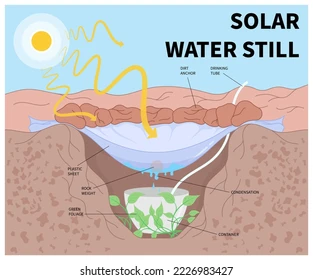
Place the Container
Put your container in the center of the hole. This container will collect the water that evaporates and condenses.
Cover with Plastic
Lay the clear plastic sheet or wrap over the hole, covering the container. Make sure the plastic is sealed well around the edges of the hole to keep moisture from escaping.
Add the Rock
Place a small rock or weight in the center of the plastic sheet, directly above the container. This creates a small dip in the plastic, allowing the water droplets to collect and drip into the container.
Wait and Collect
As the sun heats the ground, water from the soil and air will evaporate and then condense on the underside of the plastic. The droplets will gather and fall into your container. Leave your solar still for several hours or even overnight to collect as much water as possible.
Drink and Enjoy
Once you’ve collected enough water, carefully remove the plastic and pour the water from your container. The water should be clean and ready to drink, but if it looks cloudy or dirty, you may want to filter it before drinking.
